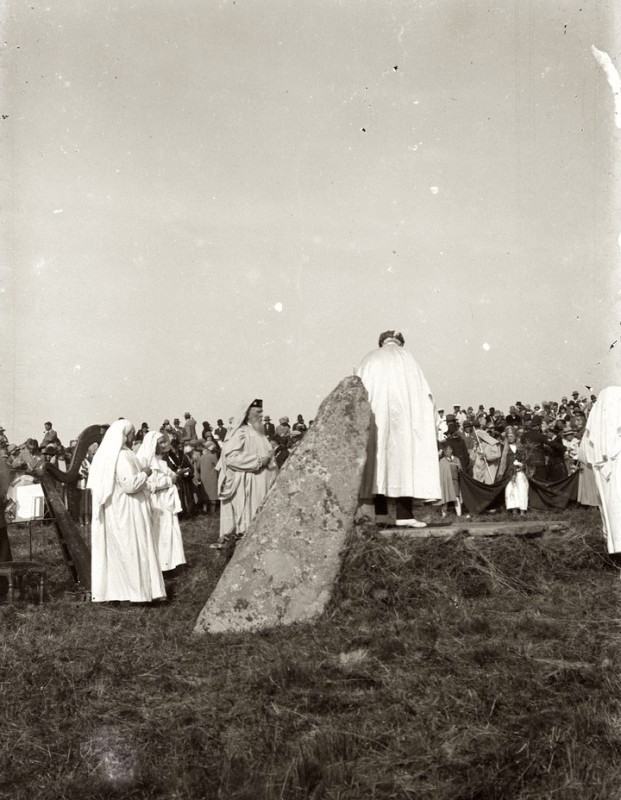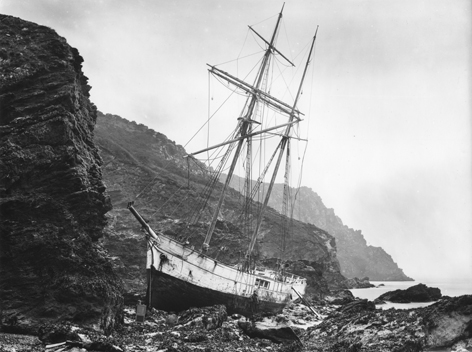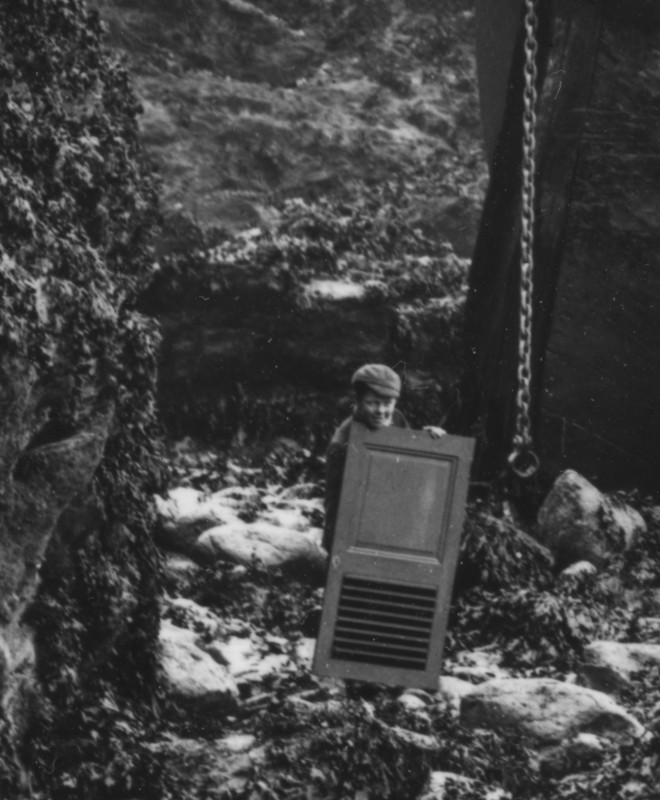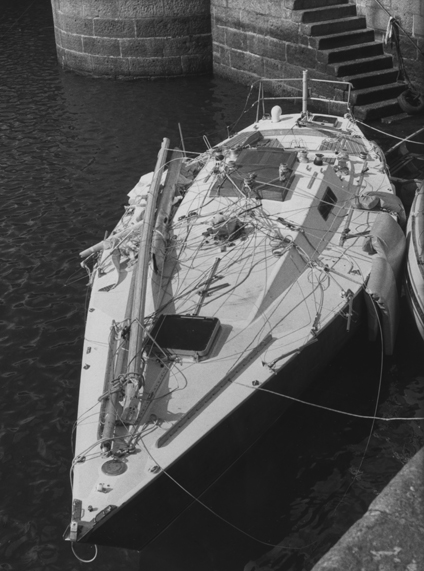by admin | Nov 26, 2015 | Photographic Archive

The first Gorsedh Kernow in 1928 with Grand Bard, Henry Jenner
The Morrab Library has been awarded a grant of £3000 from Cornwall Heritage Trust to digitise an important collection of photographs relating to the archaeology of Cornwall.
The Stanley Opie collection consists of 1,001 glass negatives, covering topics such as the first Cornish Gorsedd in 1928 at Boscawen-ûn, standing stones, excavations, buildings, crosses, settlements, historic landscapes and more. They are, on the whole, beautifully taken photographs which deserve to be seen.
The grant will allow the Library to place its Photographic Archive database online, along with access copies of all photos scanned to date. The Stanley Opie negatives will then be scanned, placed into conservation grade four-flap envelopes, boxed, and finally placed online as a dedicated collection for all to see.
Stanley Opie was born in 1912 and took up photography, and gained a passion for archaeology, at quite an early age. He gained a diploma in Anthropology from the University of Oxford and took part in many archaeological excavations during the 1930s to 1950s. Some of his photographs depict the excavation of a Roman villa at Magor Farm near Camborne, others are of excavations and sites yet to be identified.
It is hoped that by publishing Stanley’s photographs online that we may improve their descriptions and identify excavations and sites through comments and suggestions received through the website.
The Morrab Library is grateful to Cornwall Heritage Trust for their generous support.
by admin | Oct 8, 2015 | Photographic Archive
One of the important aspects of digitising the thousands of pictures held in The Morrab Library Photographic Archive is the scanning of the original print or negative. We carefully check the scan has captured all the detail within the image, at a high enough resolution that it can then be reproduced as a print .
It is at this point we often discover interesting details which aren’t always spotted with the naked eye.
The photograph below is of the French Schooner ‘Marie Celine’, which ran aground in Gerrans Bay on the south coast of the Roseland Peninsular, in January 1901. It’s an iconic and dramatic image, with the elegant masts clearly defined against the sky and the receding, rugged headland.

However, once you look a little closer other details appear… In the centre in front of the boat is a man, standing tall and looking into the camera. To the left of him is a blurred figure, possibly a child running over the rocks, and to the left of them beneath the large anchor chain is a small figure.
It made me laugh out loud when I first saw this childs cheeky face beneath his cap, peering over what appears to be something like a small cabin door. Immediately I assumed he’d plundered the ship and this was his treasure he was holding up as a trophy! Who knows if this in fact was the case but I hope that it was.

by admin | Aug 29, 2015 | Photographic Archive
Great news! From 1st September the Photographic Archive will be open Tuesday mornings , as well as the usual Thursday mornings.
Run by a team of volunteers, it is open to the general public, at no charge, every Tuesday & Thursday morning from 10am until 1pm. Come and browse the extensive photographic collection and check out the progress on our digitisation project.
For more information on the Photo Archive please visit the Photo Archive page on our website.
by admin | Jun 23, 2015 | Photographic Archive
My name is Anna and a few months ago I began volunteering in the Morrab Library Photographic Archive. I was invited to choose a collection I would like to work with and selected the “Collins Collection of Shipwrecks”. I began the slow process of scanning the images and creating a digital record for each precious photograph. Amongst the first of these records was an unassuming and possibly at first glance a rather uninspiring image of a fairly modern yacht. It had a broken mast and some damage, but nothing too dramatic to a non-sailing eye. It had been salvaged and towed in to Penzance Harbour. There wasn’t any additional information in decipherable handwriting on the back of the print, as many of them have, and I moved on to the next record.
A couple of weeks later I was listening to the end of The Archers on BBC Radio 4 (my guilty pleasure) whilst baking on a Sunday morning, and an episode of ‘The Reunion’ came on. I stopped what I was doing and listened as a group of men and women discussed their own personal experiences during the Fastnet Race that took place in August 1979, the worst disaster in the history of ocean racing.
It was an incredibly moving and poignant account, which included the story of those aboard the ‘Ariadne’, the little yacht in my picture.

‘Ariadne’. (Morrab Library accession number: COLLINS.16)
Four of the Ariadne’s six crew members died. Fifteen yachtsmen died in total as the tragic events unfolded on the seas between Land’s End and Fastnet.
I was 10 years old in 1979, living in land-locked Surrey; oblivious to, and ignorant of the disaster.
As I look at, and work through only a small part of the amazing collection of prints at The Morrab Library it strikes me that although there are some which feature the most dramatic and impressive tall ships of the 19th Century wrecked in full sail on menacing black Cornish rocks – the fictional stereotype of a wreck, it is the photographs which initially appear to be the least interesting which may have the most significant stories to tell.
The yacht’s mainsail was ripped in half as the wind began to get up – and after hearing a weather forecast announcing an imminent Force 9 severe gale on Monday night, the skipper decided to retire from the competition. Ariadne raced downwind before the storm towards the Irish coast and the hope of refuge. But like so many other boats, the yacht was capsized by a rogue wave. Some in the crew were injured and they decided to abandon ship and take to their life raft. The next morning a German freighter approached and prepared to rescue them. But just before it came alongside in still-huge seas, the raft capsized. The German ship made three attempts to rescue the five crewmen. One managed to grab hold of the ship’s boarding ladder as it passed the raft on the first attempt. He made it aboard. On the second pass, the yacht’s skipper lunged for the ladder and missed. He fell into the sea and was never seen again. On the third pass, one crewman got aboard the merchant ship. The man following him also made it on to the ladder, but had forgotten to detach his safety line from the raft. He was dragged back into the sea with the last remaining crewman still on the raft. Both disappeared into the wash of the ship.
An extract from the article ‘Hell and high water: The Fastnet disaster’
The Independent Saturday 18th July 2009
The Reunion episode ‘The Fastnet Race Disaster’ – available to listen to now BBC Radio 4 http://www.bbc.co.uk/programmes/b05q5ynq




